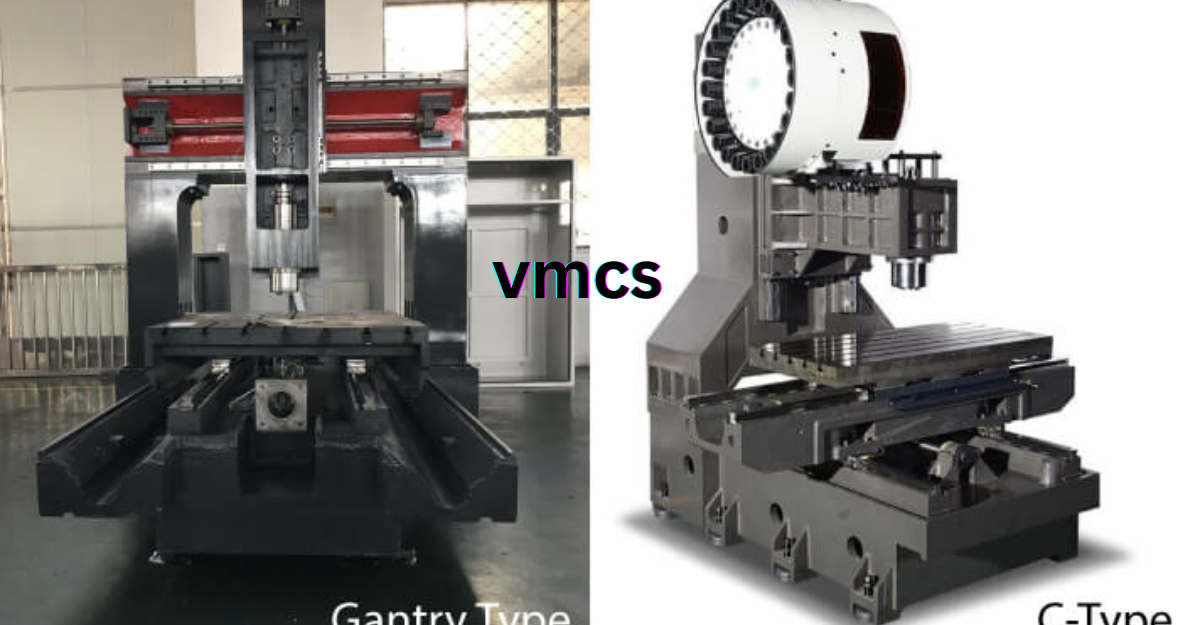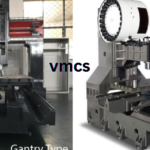In the ever-evolving world of IT, understanding and leveraging advanced technologies can set professionals apart from their peers. One such technology that has gained significant traction is the Virtual Machine Control Structure (VMCS). This guide aims to demystify and provide IT professionals with essential insights and practical tips to harness its full potential.
TRINDING
Table of Contents
ToggleUnlock Your Best Self: How LooksMax AI Transforms Your Appearance
What is VMCS?
The Virtual Machine Control Structure (VMCS) is a critical component in the virtualization technology stack, particularly in Intel’s VT-x (Virtualization Technology for x86) architecture. It plays a pivotal role in managing and controlling virtual machines (VMs) on Intel processors.
VMCS Overview
VMCS serves as a data structure used by Intel processors to control the execution of VMs. It stores information required for transitioning between different VM states, enabling efficient and secure virtualization. This structure is fundamental in managing various aspects of VM execution, including CPU states, memory management, and handling of virtual interrupts.
Importance of VMCS in Virtualization
VMCS is crucial for enabling hardware-assisted virtualization. It facilitates the efficient execution of multiple VMs on a single physical processor by handling complex tasks like context switching and resource allocation. For IT professionals, understandincan lead to better optimization of virtual environments and improved overall system performance.
Key Components of VMCS
To fully grasp the power of it’s essential to understand its key components and how they interact with each other.
VMCS Fields
VMCS comprises various fields that store information about the VM’s state and control parameters. These fields include:
- Guest State Fields: These fields store the state of the guest VM, including registers, segment selectors, and other processor states.
- Host State Fields: These fields keep track of the state of the host processor when a VM is not running.
- Control Fields: These fields define the VM’s operational parameters, such as enabling or disabling specific VM functions.
VMCS Pointer
The pointer is a critical element that specifies the location of the in memory. It is used by the processor to access and managedata efficiently. Proper management of the VMCS pointer is essential for maintaining VM stability and performance.
VMCS Operations and Management
Managing effectively requires a deep understanding of its operations and the ability to configure it for optimal performance.
Loading and Storing VMCS
The needs to be loaded into the processor before executing a VM and stored back after execution. This operation is crucial for maintaining the correct state of each VM. IT professionals should be familiar with the assembly instructions and processor modes required for loading and storing
VMCS Field Management
Managing fields involves configuring various parameters to control VM behavior. For instance, setting control fields to enable specific VM features or configuring guest state fields to ensure accurate VM execution. Proper field management can enhance VM performance and stability.
VMCS State Transitions
manages state transitions between different VM execution modes, such as transitioning from guest mode to host mode. IT professionals need to understand how these transitions work and how to configu to handle them efficiently. This knowledge is vital for optimizing VM performance and minimizing context switch overhead.
Practical Tips for IT Professionals
To unlock the full potential IT professionals should consider the following practical tips:
Optimize VMCS Configuration
Properly configuring VMCS fields is essential for optimal VM performance. This involves setting control fields to enable necessary VM features and ensuring that guest state fields are accurately maintained. Regularly review and adjust settings based on performance metrics and workload requirements.
Monitor VMCS Performance
Regular monitoring of performance can help identify potential issues and optimize VM execution. Utilize performance monitoring tools and techniques to track related metrics, such as context switch frequency and VM execution time. Analyze this data to make informed adjustments and improvements.
Stay Updated with Intel’s Documentation
Intel’s documentation provides valuable insights into operations and best practices. Regularly review and stay updated with Intel’s resources to ensure that you are leveraging the latest advancements and recommendations related to and virtualization technology.
Implement Security Best Practices
plays a crucial role in maintaining VM isolation and security. Implement best practices to secure such as configuring appropriate access controls and regularly auditing VMCS-related activities. Ensuring the security of can help prevent unauthorized access and potential vulnerabilities.
Common Challenges and Solutions
Despite its advantages, managing VMCS can present challenges. Here are some common issues and their solutions:
Issue: VMCS Performance Bottlenecks
Solution: Performance bottlenecks can occur due to inefficient configurations or high context switch frequency. Optimize settings, review performance metrics, and adjust configurations to address bottlenecks and enhance overall performance.
Issue: VMCS Configuration Errors
Solution: Configuration errors can lead to VM instability or performance issues. Double-check field settings and ensure they align with the intended VM behavior. Utilize debugging tools to identify and resolve configuration issues.
Issue: Security Vulnerabilities
Solution: Security vulnerabilities related to can compromise isolation. Implement robust security measures, including access controls, encryption, and regular audits, to protect VMCS and maintain VM security.
Conclusion
Understanding and leveraging is crucial for IT professionals seeking to optimize virtualization environments and enhance overall system performance. By mastering operations, configurations, and best practices, IT professionals can unlock the full potential of virtualization technology and stay ahead in the competitive IT landscape.
Embrace the power of stay informed with the latest advancements, and continuously refine your VM management strategies to achieve excellence in your virtualization endeavors.











